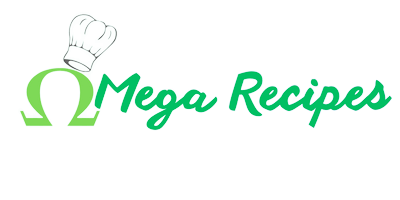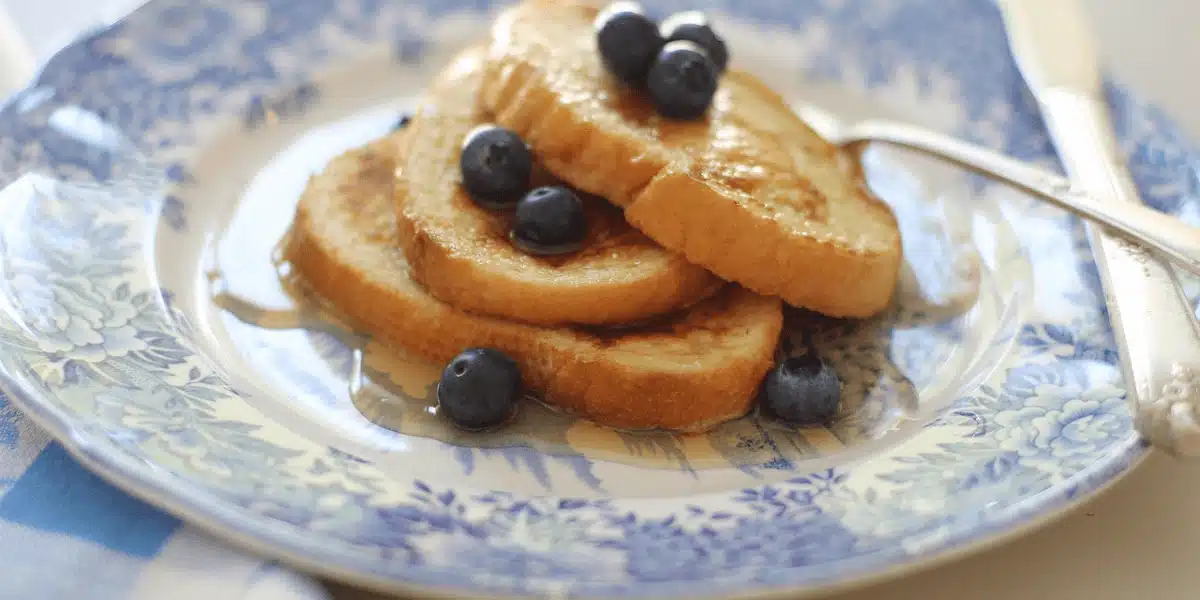The Classic French Toast Recipe starts your day with a blend of simplicity and elegance. Ideal for both a relaxed weekend breakfast and a refined brunch, it’s a dish that invites culinary creativity and personal touches.
- Selecting the right bread is crucial for the dish’s texture and flavor.
- The recipe can be adapted to suit both sweet and savory tastes.
- Achieving a golden-brown crust is essential for the perfect French Toast.
Classic French Toast Recipe : The Art of Choosing Bread
The Right Bread Makes a Big Impact
Choosing the right bread is super important for your French Toast. Thick and sturdy slices are best. They soak up the egg mix just right and don’t fall apart when you cook them. Soft and fluffy breads like brioche or challah are perfect. They add a nice richness to your toast.
But, not all bread is the same. Some breads are too thin or too soft. They might get too soggy or fall apart in the pan. You want bread that can hold up to the egg mixture and still cook nicely. Day-old bread is actually better for French Toast. It’s a bit drier, so it soaks up the egg mix without getting mushy.
Also, think about the size of your slices. Too thin, and they won’t hold the mixture well. Too thick, and the middle might stay uncooked. About an inch thick is just right. It gives you a crispy outside and a soft, custardy inside.
In short, the bread you pick can really change your French Toast. Go for something a bit sturdy and not too fresh. It’ll make a big difference in how your breakfast turns out.
Day-Old Bread Works Wonders
Day-old bread is actually the secret star for making French Toast. Why? Because it’s a little dry. This dryness is perfect for soaking up the egg mixture without getting too soggy. Fresh bread can be too soft and might fall apart when you dip it or cook it.
Think about it like a sponge. A dry sponge can soak up a lot of water. But a wet sponge? Not so much. It’s the same with bread. The drier your bread, the better it can soak up all the tasty flavors from your egg mix. But it won’t get too wet. This means your French Toast will have a crispy outside and a soft, custardy inside. Just how it should be.
So, if you’re planning to make French Toast, think ahead. Use bread that’s been sitting out for a day or two. It might not be great for a sandwich anymore, but it’s perfect for French Toast. And if you only have fresh bread, you can toast it lightly. This helps dry it out a bit, making it better for soaking up the egg mixture.
In summary, using day-old bread can make a big difference in your French Toast. It helps get that perfect balance of crispy and soft that everyone loves. So next time, save your slightly stale bread for breakfast. It’s a smart move for a yummy meal.
Choosing the Best Bread for French Toast
When making French Toast, the type of bread you use is super important. Some breads are just right for soaking up the egg mix without falling apart. Let’s talk about a few good choices.
First up, brioche. Brioche is a soft, buttery bread. It’s a bit sweet and very rich. This makes it perfect for French Toast. It soaks up the egg mix well but stays firm when you cook it.
Challah is another great option. It’s a traditional Jewish bread that’s also soft and slightly sweet. Challah is eggy, which adds a nice flavor to your French Toast. Plus, it looks pretty because of its braided shape.
Thick-sliced white bread is a simple choice, but it works well. Make sure the slices are about an inch thick. This helps them soak up the egg mix just right without getting too soggy.
Sourdough bread can add a tangy twist to your French Toast. It’s a bit firmer, so it holds up well to dipping and cooking. The sour flavor can be a nice change from the usual sweet French Toast.
Lastly, Texas toast is thick and sturdy, making it another good choice. It’s plain, which means it can take on the flavors of your egg mix and toppings really well.
So, there are lots of breads you can use for French Toast. Each one brings something special to the dish. Whether you like your French Toast sweet or tangy, there’s a bread that’s just right for you.
Experimenting with New Breads
Don’t be afraid to try new things with your French Toast. Mixing it up can be fun and tasty. Let’s explore some different breads you might not have thought of.
First, how about croissants? Yes, croissants! They’re flaky and buttery. When you use them for French Toast, they get a nice crunch on the outside. The inside stays soft and rich. It’s a fancy twist on the classic.
Multigrain bread can add a healthy touch. It’s full of seeds and grains. This gives your French Toast a nutty flavor and a bit of crunch. Plus, it’s good for you.
Bagels aren’t just for cream cheese. They can be great for French Toast too. Slice them in half and soak them well. Bagels are dense, so they hold up to the egg mix. You get a chewy, satisfying texture.
Don’t forget about cinnamon raisin bread. It’s already got cinnamon and sweet raisins in it. This means your French Toast will have extra flavors baked right in. It’s like a dessert for breakfast.
Trying new breads can make your French Toast exciting. Each type of bread brings its own taste and texture to the dish. So, next time, pick something different. You might find a new favorite.
Prepping Your Classic French Toast Recipe
If your bread is too fresh, toast it lightly. This helps it soak up the egg mix without getting soggy. Just a quick toast will do. Then, it’s ready for dipping.
In short, the bread you pick can change your Classic French Toast Recipe a lot. Go for something a bit dry and sturdy. Whether it’s rich brioche or simple white bread, make sure it can handle the egg mix. A little prep, like toasting fresh bread, can make all the difference.
The Pioneer Woman’s guide provides a comprehensive look at how different breads, from brioche to challah, can enhance your French Toast.
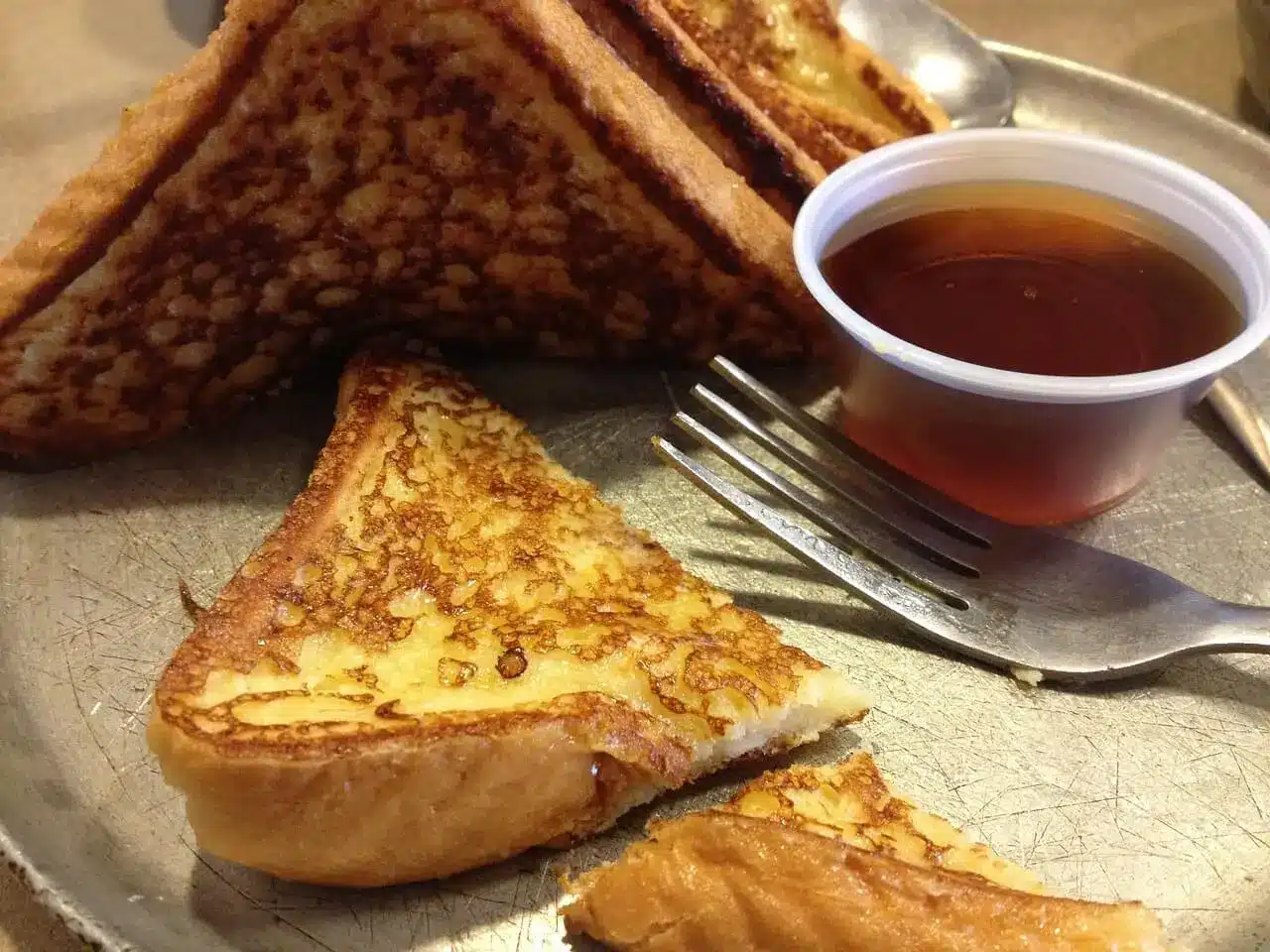
Flavorful Variations for Your Classic French Toast Recipe
Adding Sweet Touches
Making your French Toast sweet is a yummy idea. There are lots of ways to do it. Let’s look at some simple ideas to make your breakfast sweeter.
First, think about spices. Cinnamon is a favorite. It adds a warm and cozy taste. A little sprinkle goes a long way. Nutmeg is another good choice. It’s strong, so you only need a tiny bit. These spices make your French Toast smell amazing too.
Next, let’s talk about toppings. Syrup is the most common. But there are other fun options. How about some fruit? Sliced bananas, berries, or cooked apples can add sweetness and a bit of tartness. They also make your plate look pretty.
Honey is a sweet idea too. It’s natural and has a lovely flavor. Drizzle it over your French Toast for a sticky, sweet topping. If you like chocolate, try a little chocolate syrup or spread some Nutella on top. It’s a treat that feels extra special.
Adding sweet things to your French Toast can make it even more delicious. Whether you use spices, fruit, honey, or chocolate, these additions bring joy to your breakfast table. So, next time, try something sweet on your French Toast. It might become your new favorite way to eat it.
You can transform your Classic French Toast Recipe into a sumptuous meal. Infuse it with a range of flavors. Adding sweet touches like a sprinkle of cinnamon or a dash of vanilla extract can elevate the taste. Drizzle honey or spread a thin layer of Nutella. It can also sweeten up your morning in a delightful way.
Syrup: The Sweet Secret
Syrup can make French Toast magical. It’s not just about pouring it on top. There’s more to syrup than you might think. Let’s dive into the sweet world of syrup.
Maple syrup is the classic choice. But did you know there are different kinds? Light syrup is sweet and mild. It’s good if you don’t want too much sweetness. Dark syrup has a stronger flavor. It’s rich and deep. Trying different kinds can change your French Toast game.
But maple isn’t the only syrup out there. Have you tried fruit syrups? Strawberry, blueberry, or raspberry syrups can add a fruity twist to your breakfast. They’re sweet and a little tangy. It’s like adding a burst of summer to your plate.
Honey is another great option. It’s natural and has a unique taste. Drizzling honey over your French Toast adds sweetness and a lovely aroma. It’s a simple change that can make a big difference.
Don’t forget about chocolate syrup. It’s perfect for a treat. Chocolate syrup makes your French Toast feel like dessert. It’s a fun way to make breakfast extra special.
Syrup can really transform your French Toast. Whether you stick with classic maple or try something new, syrup adds that perfect touch of sweetness. So next time, experiment with different syrups. You might discover a new favorite.
Fruitful Toppings
Adding fruit to your Classic French Toast Recipe introduces a fresh and vibrant element. Sliced strawberries, fresh blueberries, or a dollop of apple compote can enhance the flavor. They can also make your dish visually appealing. The natural sweetness and slight acidity of fruits can balance the richness of the toast.
Savory Twists
For a savory version, consider incorporating herbs perfect for lobster. This adds a gourmet twist to your breakfast. Mix finely chopped herbs into the batter. Or, top your toast with savory cheese. This transforms your French Toast into a dish suitable for any meal of the day.
Nutty Additions
Sprinkling chopped nuts like walnuts, pecans, or almonds adds a delightful crunch and a nutty flavor to your breakfast. It’s a simple yet effective way to introduce a new texture and taste to your Classic French Toast Recipe.
Mastering the Perfect Classic French Toast Recipe
The secret to the Classic French Toast Recipe is in the cooking technique. You may prefer a skillet or another method. The goal is to make toast that’s golden and crisp outside. It should be soft and custardy inside. Those looking to experiment can use cream cheese banana bread for a rich and flavorful base.
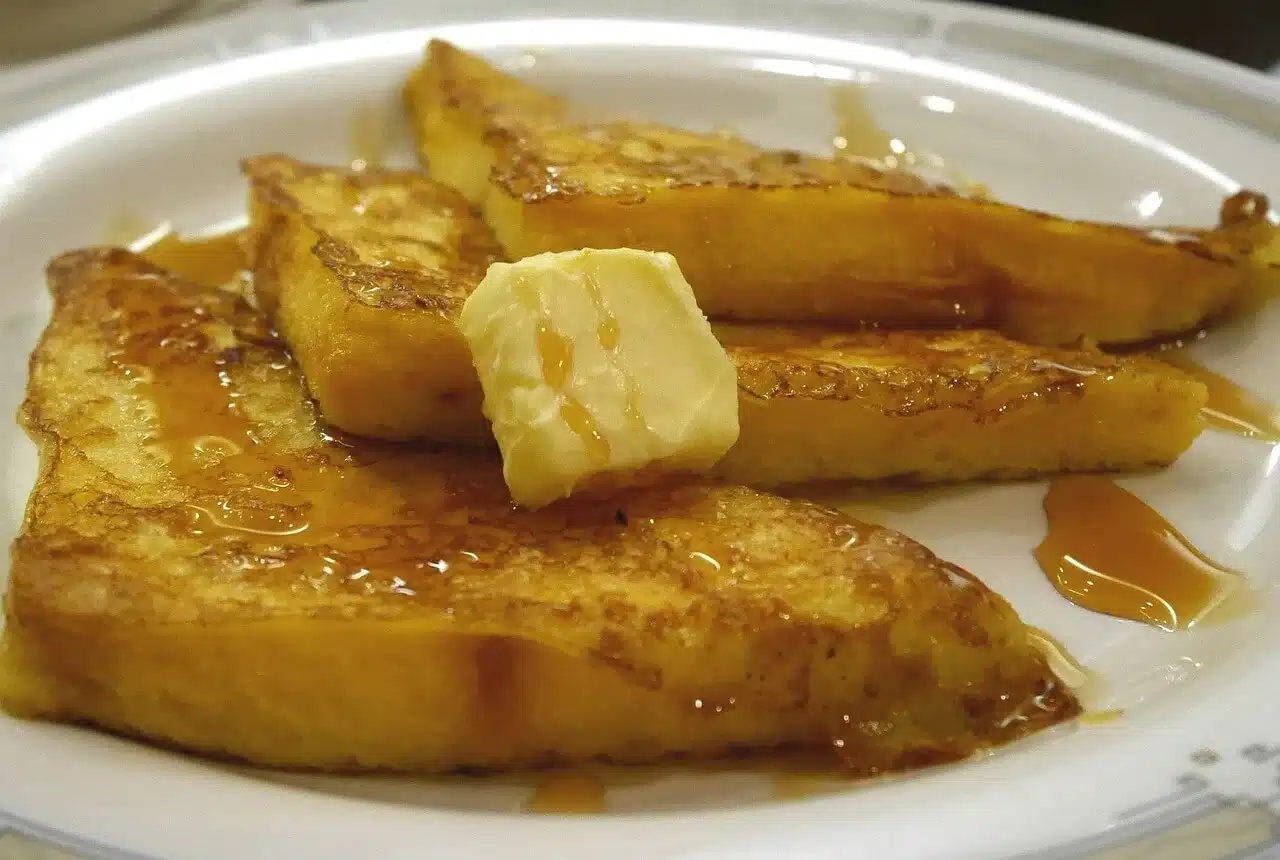
FAQs About Classic French Toast Recipe
Q: Can I use any type of bread for French Toast? A: Yes, you can use various types of bread for French Toast. But, some breads work better than others. Breads like brioche, challah, or thick-sliced white bread are ideal. They are sturdy and can soak up the egg mixture well without falling apart. It’s best to use bread that’s a day old because it absorbs the mixture better and gives a nice texture after cooking.
Q: How do I prevent my French Toast from being soggy? A: To avoid soggy French Toast, don’t soak the bread in the egg mixture for too long. Just dip it quickly on both sides. Also, use a medium heat when cooking. This allows the toast to cook through without burning the outside. If the bread is too fresh, try toasting it slightly before dipping it into the mixture.
Q: Can I make French Toast ahead of time? A: Yes, you can prepare French Toast ahead of time. You can cook it and then store it in the refrigerator for a day or two. When you’re ready to eat, simply reheat the slices in a toaster or oven. This can help crisp up the outside while keeping the inside soft. Making it ahead can be a great time-saver for busy mornings.
Q: Is it better to use milk or cream in the egg mixture? A: You can use both milk and cream in the egg mixture for French Toast. Milk will give you a lighter, more delicate texture. Cream, so, makes the dish richer and more indulgent. It depends on your preference. Some people even use a mix of both to get the best of both worlds.
Conclusion
The Classic French Toast Recipe is more than a meal; it’s an experience that brings joy to the morning. Whether you prefer the classic sweet version or venture into savory realms, French Toast is a testament to the joys of cooking. It also shows the delight of sharing a meal with loved ones.
Print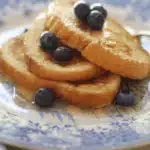
Classic French Toast Recipe : A Delightful Morning Tradition
- Total Time: 20 min
Description
Discover the joy of a Classic French Toast Recipe, perfect for a cozy morning. Easy steps for a timeless breakfast favorite.
Ingredients
- ⅔ cup milk
- 2 large eggs
- 1 teaspoon vanilla extract (Optional)
- ¼ teaspoon ground cinnamon (Optional)
- Salt to taste
- 6 thick slices bread
- 1 tablespoon unsalted butter, or more as needed
Instructions
- Preparation: Start by gathering all your ingredients.
- Mix the Ingredients: In a shallow bowl, whisk together the milk, eggs, vanilla extract, cinnamon, and a pinch of salt.
- Preheat the Skillet: Lightly butter a griddle or skillet and heat it over medium-high heat.
- Soak the Bread: Dunk each bread slice in the egg mixture, ensuring both sides are well soaked.
- Cook: Transfer the soaked bread slices to the hot skillet. Cook until each side is golden brown, which should take about 3 to 4 minutes per side.
- Serve: Once cooked, serve the French toast hot. You can add toppings or sides as you prefer.
Notes
- The best breads for French toast are brioche, sourdough, French bread, or challah, as they are dense and sturdy enough to handle the wet mixture without falling apart.
- The recipe includes optional vanilla and cinnamon for added flavor, and you can substitute nutmeg if desired.
- The key to avoiding soggy French toast is not to soak the bread too much. Quickly dipping and flipping in the egg mixture is recommended.
- The recipe is flexible with the type of milk used, suggesting whole milk, half-and-half, cream, or alternative milk for different textures.
- Storage tips include cooling the French toast completely before storing in the fridge for up to three days or freezing for up to three months.
- Prep Time: 5 min
- Cook Time: 15 min
- Category: Breakfast
- Cuisine: French
Nutrition
- Serving Size: 1 serving
- Calories: 240 g
- Sugar: 6g
- Sodium: 478 mg
- Fat: 6 g
- Saturated Fat: 2 g
- Carbohydrates: 34 g
- Fiber: 2g
- Protein: 11 g
- Cholesterol: 128 mg
